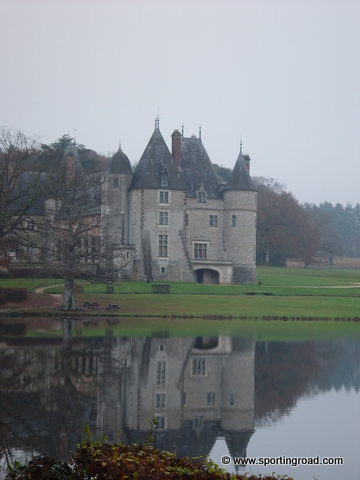For a 2004 wedding in France, I hired a wedding photographer, Ben Eden, who is a fine art documentary photojournalist with credits in Time Magazine, National Geographic, etc., who dabbles in wedding photography when he is not on other assignments. This simple selection of a wedding photographer completely changed our view of photography.
Ben photographs weddings using 3-4 Leica M6’s around his neck, shoots in 35mm film, rarely if ever uses a flash, and never asks for staged portraits. He mingles with the crowd and takes lots of candids, shooting mostly in black and white film. The pictures are artistic, to say the least,. We find them riveting and they tell the story of the day, far better than any staged portraits and groups shots could ever do.
Leica says about the M: M is M. M-Photography is more than just capturing a moment; it’s about capturing the emotion, the essence, and the soul behind that moment. Since 1954, the Leica M has been part of history. It’s more than a camera – it’s an icon of design, a testament to unparalleled vision, and a bridge connecting profound creativity with precision. It’s a witness to history, graced by the hands of legends. When you hold a Leica M, you’re embracing a legacy. A legacy of emotions, artistry, and compelling stories. Above all M is not just a letter; it’s a feeling, an era, and a voice. In short: A one-of-a-kind Rangefinder Camera System. The Leica M fascinates photographers and enthusiasts all over the world with its Design, Made in Germany Quality and the legendary Leica Brand. From the first camera until today. Because an M is an M and remains an M. Discover the Magic!
Ben uses the M6 Leica’s exclusively, though he admits he is considering the Leica MP (also a 35mm film camera). He doesn’t find the current Leica flash TTL metering concept superior to his Metz flashes, and in fact he says any decent flash unit, can do on their own. Mostly, he prefers natural lighting, such as candles if necessary.
Digital cameras have made an incredible progress lately, but Ben only uses digital cameras for editorial assignments where the editors demand that he upload his pictures quickly and in a digital format. For his unique style of wedding photography, however, he doesn’t find “the technology to be quite there yet, as I require a camera that allows me to shoot unobtrusively, often in low-light situations, without flash and without making a lot of noise.” The only digital camera that satisfies his other requirements, like a full-frame image sensor (allowing for shallow depth-of-field when he wants it, as opposed to being limited to the typical “everything-in-focus” digital camera look) and very short shutter lag (the time that goes between pressing on the shutter release and the actual picture being taken) were, at the time of our wedding in 1995, the Canon 1Ds (which we are looking at upgrading our now out of manufacture Minolta to, but complete with the three lenses we have now costs well over $10,000).
In addition, whether you have to realize that the Canon 1D or other DSLRs are huge pieces of equipment. Apart from their intrusive looks, their also very noisy. Designed to capture 9 frames per second of sports action, the mirror inside makes an atrocious slam when a picture is taken. This really prevents the photographer from covering the intimate moments of many situations. (Noise and flash is in fact the reason why photography is often restricted during celebrity weddings or performances.) Even if allowed, many of his clients do not appreciate the press conference or fashion show sounds that this background noise is bound to generate (and we are firmly in this camp).
Among other, harder-to-describe technical reasons, he sticks with his Leicas: wedding scenes are inherently very high in contrast. Both the black tuxedo and the white wedding dress have to be captured at the same time and still show detail, not be “blown out.” Lighting changes quickly and is impossible to control. Professional negative film – both color and black and white – can still capture a wider image contrast ratio compared to best digital sensors on the market. The same is true with several other of our favorite settings for our own photography, such as foxhunting, fly fishing, and bird hunting scenes.
In short, I really adored his “one-camera-one-lens” approach. His work is so much different from the “industry’s standard.” Now, another factor to consider is that negative film – both color and black & white – has a wide exposure latitude. This is perfect for the huge contrast range in wedding photography – think white wedding dress and charcoal tuxedo – compounded with, as you mention it, quite unpredictable light. Happy shooting!
http://www.beneden.com/wedding/equestrian/
http://www.beneden.com/wedding/equestrian/photography/d10.html#.


Leave A Comment
You must be logged in to post a comment.